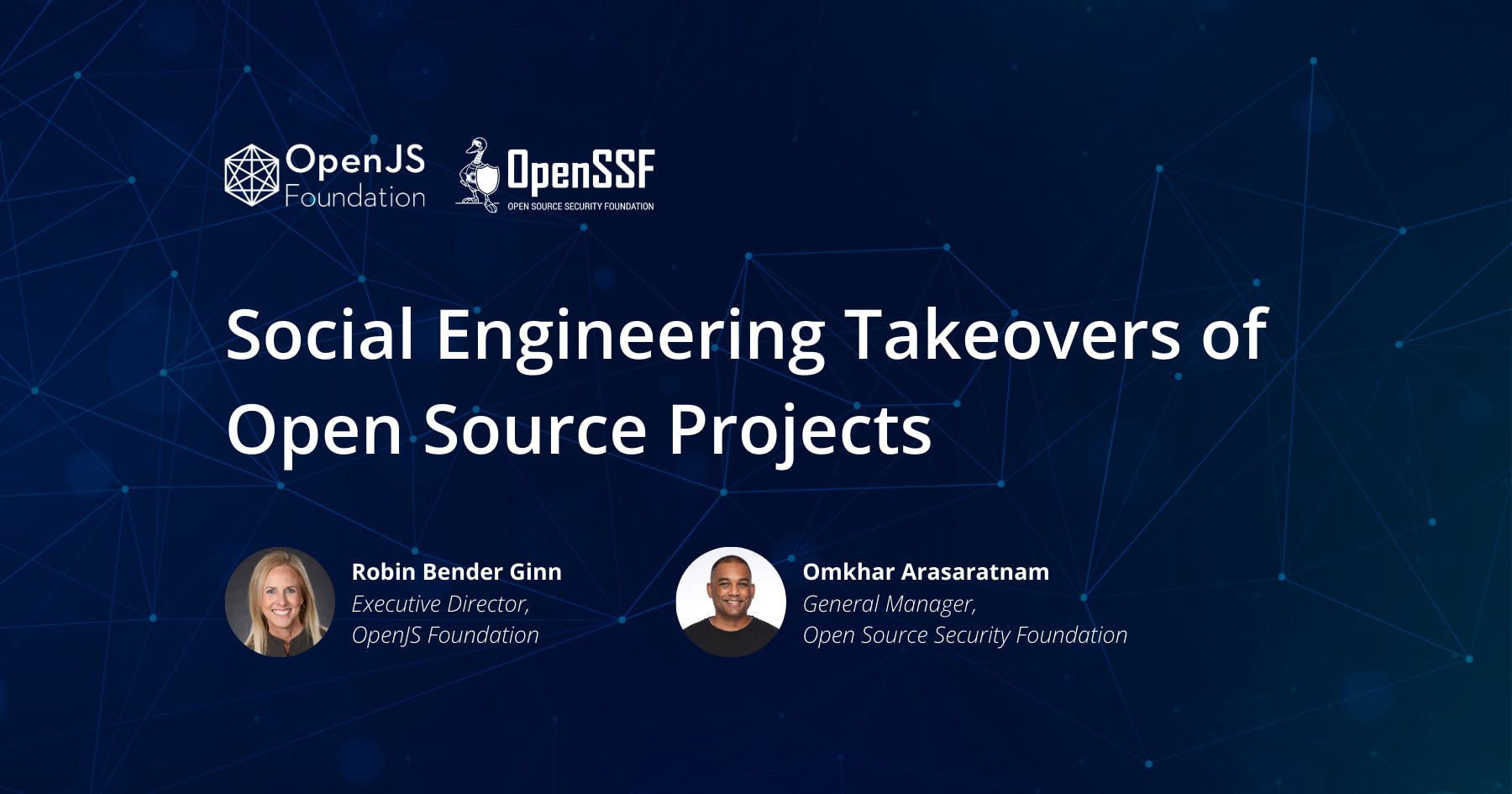It does for a few versions now, and even before there was at least one extension adding this feature.
BlackEco
- 21 Posts
- 76 Comments

 32·12 days ago
32·12 days agoI feel like not everyone is conscious of these biases and we need to raise the awareness and try preventing for example HR people from buying AI-based screening software that has a strong bias that is not disclosed by their vendors (because why would you advertise that?)

 27·12 days ago
27·12 days agoSeems like not a bias by Al models themselves, rather a reflection of the source material.
That’s what is usually meant by AI bias: a bias in the material used to train the model that reflects in its behavior

 98·22 days ago
98·22 days agoEarlier this year, researchers from security firm Avast spotted a newer FudModule variant that bypassed key Windows defenses such as Endpoint Detection and Response, and Protected Process Light. Microsoft took six months after Avast privately reported the vulnerability to fix it, a delay that allowed Lazarus to continue exploiting it.
Dammit Microsoft, you only had one job!
It’s possible my data source doesn’t include that or something similar.
I believe it is data source dependent, as it shows with Open-Meteo


 21·23 days ago
21·23 days agoThere are multiple causes to its demise.
The big one was security (or lack thereof) as attackers would abuse plug-ins through NPAPI. I remember a time when every month had new 0-days exploiting a vulnerability in Flash.
The second one in my opinion, is the desire to standardize features in the browser. For example, reading DRM-protected content required Silverlight, which wasn’t supported on Linux. Most interactive games and some websites required Flash which had terrible performance issues. So it felt natural to provide these features directly in the browser without lock-in.
Which leads to your second question: I don’t think we will ever see the return to NPAPI or something similar. The browser ecosystem is vibrant and the W3C is keen to standardize newly needed features. The first example that comes to mind is WebAuthn: it has been integrated directly in the browsers when 10 years ago it would have been supported through NPAPI.

 2·28 days ago
2·28 days agoI think the “upgrade bugs” mentioned in the article are bugs happening when upgrading from previous LTS versions of Ubuntu, as usually the
. 1release is the first one to be suggested for upgrade to these installs.

 351·28 days ago
351·28 days ago24.04 was released in April, as usual. Here we’re talking about 24.04.1, which could be seen as a “Service Pack” as it includes every patches released since then.

 1·29 days ago
1·29 days agoI meant add support to new robots other than Dreame. On Telegram he explicitly said he won’t support any new Roborock nor Ecovacs

 25·29 days ago
25·29 days agoThe creator of EyeChat created some rather interesting websites on which I lost a good 30 minutes on 😅

 11·29 days ago
11·29 days agoAFAIK Hypfer (Valetudo maintainer) has no intention to support new robots other than Dreame

 7·29 days ago
7·29 days agoAs a note, Dennis Giese —who is the co-author of the Defcon talk mentioned in the article— is also the author of Dustcloud, which is used as the basis of Valetudo. Though I’m not aware that Valetudo will ever support Ecovacs robots.

 21·1 month ago
21·1 month agoI wonder what could be the issue here, I use the same image without any issue.

 4·1 month ago
4·1 month agoCrap, I recently migrated to Nova because I was fed up with Action Launcher bugs and lack of development… If I knew I would not have bought a paid license

 5·1 month ago
5·1 month agoOh yes, if it ends up replacing concrete that would definitely be a win. It never was my intention to dunk on the invention, I just felt that the title was misleading and had an urge to correct it.

 40·1 month ago
40·1 month agoCarbon-negative is a long stretch, it’s just using waste material that is usually used as fuel. It’s at best low-carbon compared to concrete, which honestly is already a good thing.
At around the same time, Meyer learned about the large amount of waste lignin that is produced every year, primarily from pulp and paper processes, which is also expected to be produced from biorefineries in the future.
[…] During the production of pulp and paper products, roughly 100 million tons of lignin are produced annually as a waste byproduct and subsequently burned as low-value fuel.
Meyer saw lignin as a polymer that could be used as a material instead of a fuel and sought to crosslink it like an epoxy resin. Using lignin allowed Meyer to sequester CO2 captured from the air in the form of biomass that would otherwise be burned.
(Emphasis mine)

 3·2 months ago
3·2 months agoOh nice, that’s a clever solution and indeed easy to host.

 1·2 months ago
1·2 months agoAre they really hosting it themselves or are they just proxying request to their “partner”?
Holy molly, I wasn’t expecting this! Well, I guess I’ll try that out once Electric Eel’s released


















RSS/ATOM has to be the best thing to come out of XML